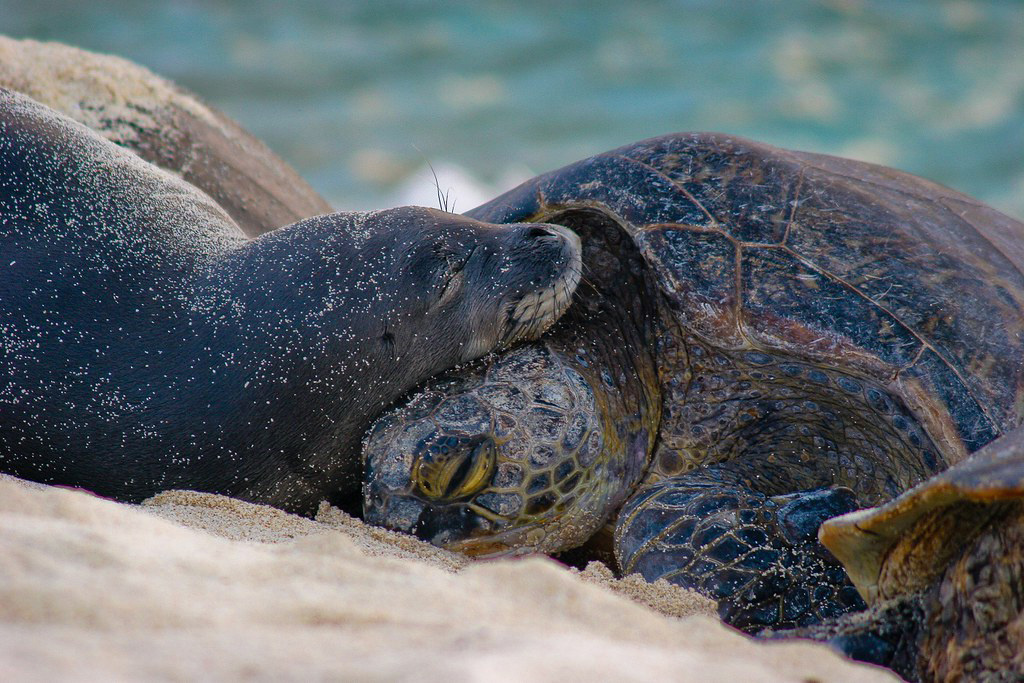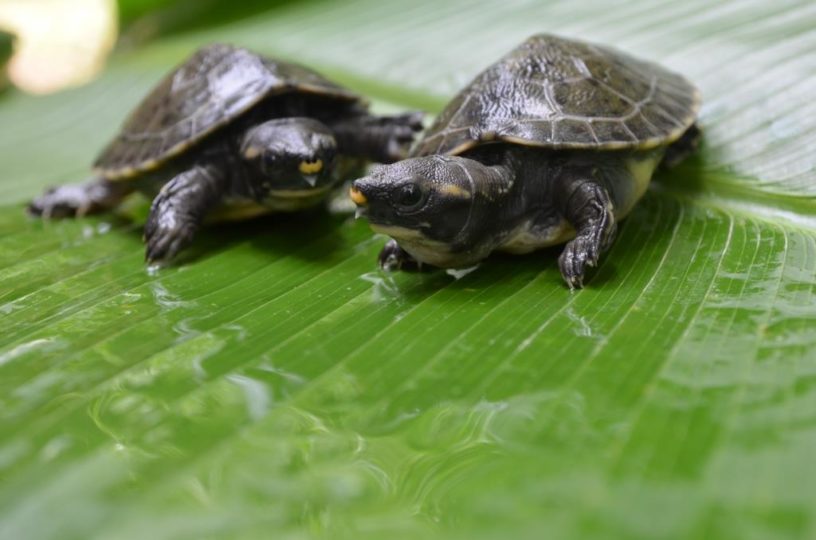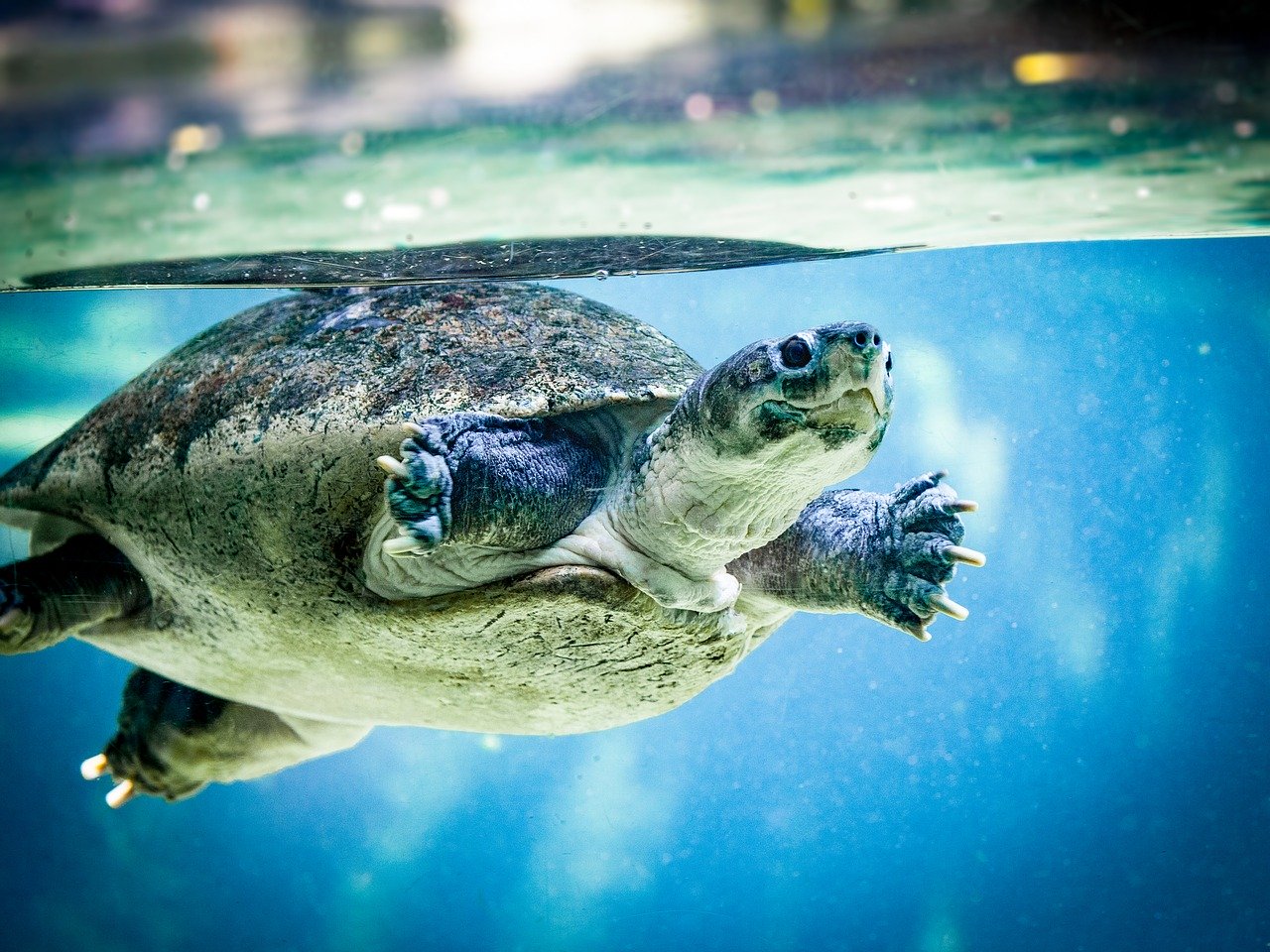Saving rare species of turtles has become one of the most important environmental initiatives of recent years. These unique creatures, which have existed on Earth for more than 200 million years, are facing threats that could lead to their extinction. Environmentalists and conservation organizations around the world are working intensively to protect these animals and their habitats.
From Forests to Markets: Environmental Initiatives to Combat Turtle Threats and Successes in Protecting Them
The main threat to turtles is the destruction of their natural ecosystems. For example, forests, mangroves, and coral reefs where turtles live are subject to deforestation, pollution, and climate change. As a result, turtle populations are declining and their reproduction is becoming increasingly difficult. In response to this problem, environmental organizations are creating reserves and protected areas to preserve critical areas.
Smuggling and poaching are another major threat. Turtles are often caught in smugglers’ traps, their shells are used in ornamental products, and their eggs and meat are traded. In response, environmental groups are working to strengthen legislation and increase market controls to curb illegal trade. For example, international agreements such as the Convention on International Trade in Wildlife Species (CITES) help limit the trade in turtles.

An example of a successful initiative is the project to save green turtles on the Galapagos Islands. Thanks to the efforts of local and international ecologists, the number of these turtles has increased several times. The creation of artificial nests and animal rehabilitation programs have contributed to the improvement of their population.
The findings from these efforts show that a comprehensive approach to protecting turtles, including protecting their natural habitats, combating illegal hunting, and developing educational programs, can significantly improve their situation. It will take continued efforts and global cooperation to ensure the survival of these ancient creatures and their transmission to future generations.
What species of turtles are under threat?
Turtles, these ancient creatures that have survived many changes on the planet, today face serious threats. Of the 356 known species of turtles, a significant number are at risk of extinction, and several are particularly vulnerable.
- Giant tortoise (Aldabrachelys gigantea)
The Aldabra tortoise, native to the Indian Ocean island of Aldabra, is one of the largest land tortoises. Due to poaching and habitat destruction on individual islands, as well as climate change, the tortoise’s population has declined significantly. Today, they are protected in protected areas, but their numbers remain at risk.
- Leatherback sea turtle (Dermochelys coriacea)
This is the largest sea turtle known for its unique leathery shell. Leatherbacks suffer from ocean pollution, especially plastic waste, which they mistake for jellyfish. In addition, climate change and the destruction of nesting sites are also contributing to their decline.

- Radley Turtle (Eretmochelys imbricata)
Renowned for its beautiful shell, the Radley turtle is threatened by the trade in shells used in decorative items. Illegal trade and habitat loss have left this species in serious danger of extinction. Global efforts to combat illegal trade and protect nesting sites are key to their conservation.
- Long-nosed turtle (Caretta caretta)
Also known as the great sea turtle, these turtles face threats from hunting, pollution, and loss of nesting sites. Protected marine parks and nest protection programs have helped improve their situation, but threats remain.
These turtle species highlight the need for a comprehensive approach to conservation. Anti-poaching, habitat conservation and global cooperation are critical to ensuring the future of these magnificent creatures.

